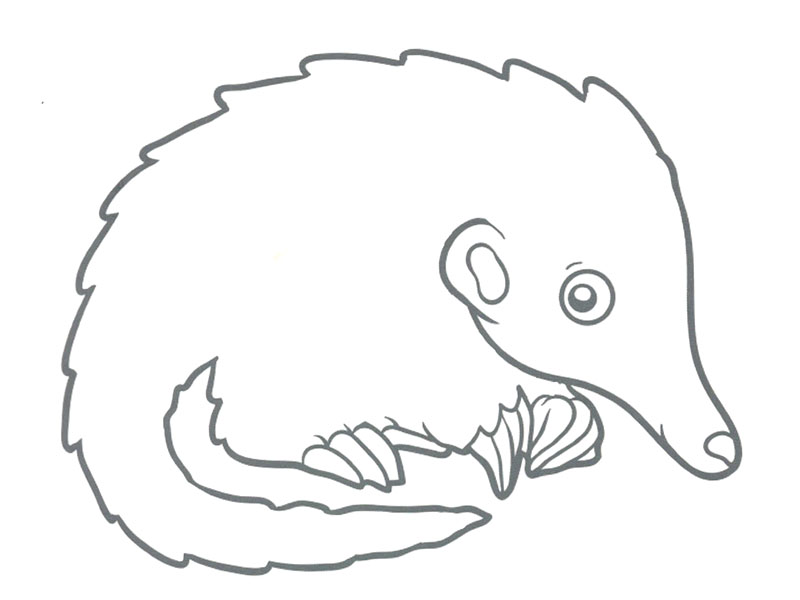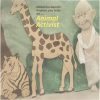Pangolin

Pangolin
Name of animal: Pangolin
Young ones: Pangopups
Food: The pangolin is an almost exclusive insectivore and mainly eats ants and termites, which it catches with a specially adapted, long, sticky tongue. It also forages for beetles and cockroaches. It feeds on eggs, larvae, insects, etc with eggs his preferred food.
Life span: 20 years (in captivity)
Habitat: They live in hollow trees or burrows (depending on species) and inhabit grasslands and secondary forests. They are well adapted to dry areas and desert regions, but prefer barren, hilly regions.
Other facts:
- Pangolins are solitary animals and are active at night. They mostly live on the ground, but some, like the black-bellied pangolin, also climbs trees.
- They range in size from a large housecat to four-plus ft long. They are largely covered in scales made of keratin – the same material as human fingernails — which gives them the nickname ‘scaly anteater’. When threatened, they roll into a ball, like an armadillo, and release a stinky fluid from a gland at the base of their tails as a defence mechanism.
- Like anteaters, pangolins have long snouts and even longer tongues, which they use to lap up ants and termites that they excavate from mounds with powerful front claws. They can close their noses and ears to keep ants out when they are eating. One adult pangolin can eat 70 million insects per year. Though they look and act like anteaters and armadillos, pangolins are more closely related to bears, cats, and dogs.
- The pangolin possesses a cone-shaped head with small, dark eyes, and a long muzzle with a nose pad similar in colour, or darker than, its pinkish-brown skin. It has powerful limbs, tipped with sharp, clawed digits. The pangolin has no teeth but strong stomach muscles to aid digestion.
- The most noticeable characteristic of the pangolin is its massive, scaly armour, that covers its upper face and whole body except the belly and inside of legs.
















Add comment